
View this page at 1024x768
This page last updated January 2007.
Please contact me for comment or if you can help with extra information.
|
The Southern Whaling & Sealing Co. were owners of the 'Sound of Jura' from 1911 until 1919.
SOUVENIR OF
'The harpoon is solid brass, around 11.5 inches long, the trigger is spring loaded, and the harpoon comes out and opens up, it rotates and pivots on it's stand, the handle in the back (the breech) rotates, and the sight moves' - Peter Irvin Charlton.
Richard's son, George Driver Irvin, became based in South Africa at Cape Town and in 1903 established the African Fishing & Trading Company with its head office in North Shields. This company had two steel trawlers built in England, as well as a timber trawler in Sweden. These trawlers were all of similar size - the 'Star of the South', built by Smith's Dock Co. North Shields, was 115ft long with a 21ft beam & a gross tonnage of 210. Carl Ossian Johnson emigrated from Sweden to Durban in 1897, and became involved in trawl fishing as well as establishing the Southern Sealing Co., which engaged in sealing at Prince Edward Island. His first trawler the 'Berea', which he had built in Sweden in 1902, was the first privately owned trawler in South Africa. This was followed in 1907 by the 'Bluff' built also in Sweden, both vessels being taken under their own power to South Africa by Johnson himself. While the two companies operated successfully, Irvin saw the benefit of Johnson's fishing expertise, as the latter saw benefits in Irvin's marketing methods. They together founded the firm Irvin & Johnson Ltd. in 1909. |
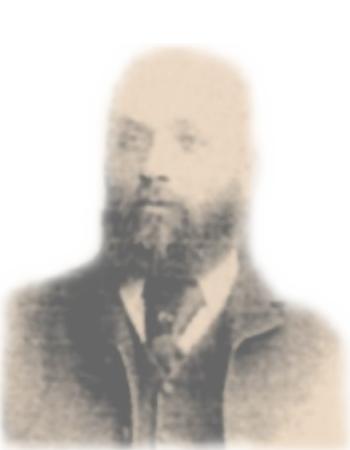
Richard Irvin Snr |
Around this time they also purchased a second hand ship, the 'Restitution', and had her converted into a whaling factory at Norway, with pressure cookers as well as the traditional open boilers, to cook the oil from the meat & bones, to fully utilise the carcass as required by regulations. 'Restitution' was also fitted with a wireless telegraph, being among the first whaling factory ships to do so. |
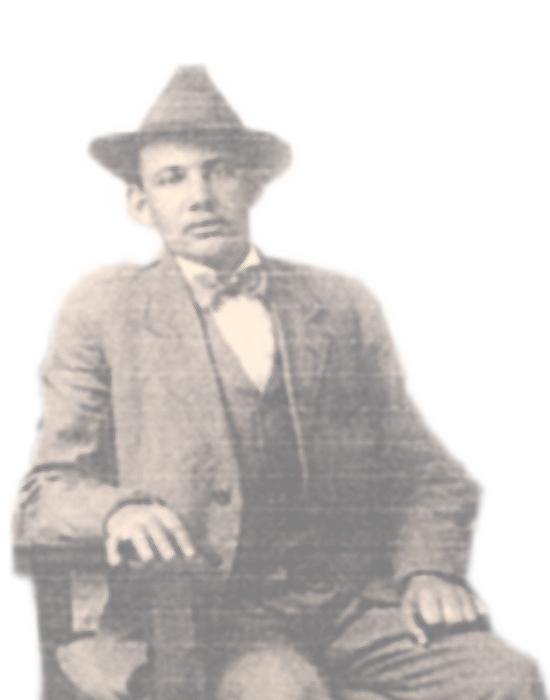
Carl Ossian Johnson |
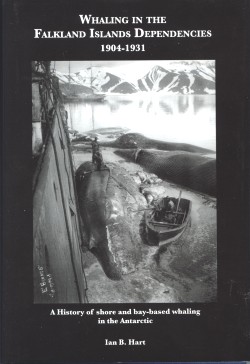
For a comprehensive guide to whaling in the Falkland Island Dependencies during this era - Consult this book written by renowned expert on the subject Ian B. Hart. More reading on the early development of the marine diesel
|
The shipbuilding firm of Smith's Dock Co. Middlesborough were commissioned to construct two steel 92ft. diesel powered whale catchers as well as fit a diesel auxiliary in the 'Sound of Jura'. These were probably the first diesel powered whale catchers built and probably the first diesel auxiliary powered windjammer to ply the oceans. The SWSC were also the first to use wireless, and the picture below of SN170 'C.O.J.', believed to be one of the two identical catchers referred to in the Rudder 1912 article, clearly shows wireless aerial equipment. The other whale catcher figuring in the article was the 'G.D.I.' (Initials for George Driver Irvin)
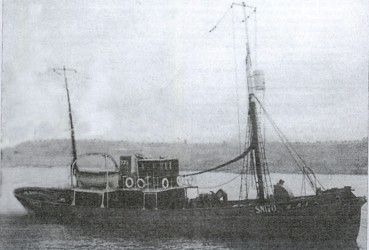
The diesel engined catchers were apparently unsuccessful, either because the sound of the diesel engines scared the whales, or because they were notoriously unreliable - or a combination of both. According to the 'History of Modern Whaling' 'The engines, however, proved so unreliable that they were dumped ashore after two years and replaced by steam engines'. The diesel auxiliary in the 'Sound of Jura', had a major problem during a voyage to South Georgia in 1912. The air reservoir exploded killing the engineer. She was also re-engined with the more reliable steam option in 1916.
They planned to whale in the summer at Prince Olaf Harbour, South Georgia, & the winter at Port Alexander in Angola. |

Image courtesy Google Earth
|
As well as having a whaling lease at Prince Olaf Harbour, South Georgia, the Southern Whaling & Sealing Co. established a station at Port Alexander in Angola.
They also undertook some sealing expeditions to Marion & Prince Edward Islands from Cape Town, but these proved unsustainable.
The main activity undertook by the Southern Whaling & Sealing Co. in the period to 1919, was the whaling activity at Prince Olaf Harbour, South Georgia.
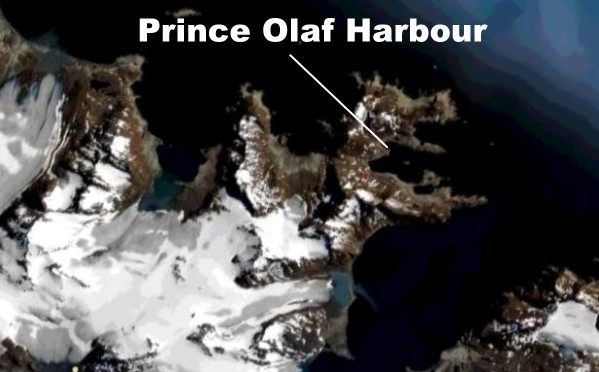
Image courtesy Google Earth |
Their first whaling season at Prince Olaf Harbour utilised the factory ship 'Restitution' along with the 'Sound of Jura' used as a cargo transporter. They were accompanied on this first trip by the catcher 'T.W.I.' and it is probable that one or maybe both of the new diesel catchers 'G.D.I.' & 'C.O.J.' also were at this first season.
The 'Sound of Jura' did not return to Britain in 1917, instead choosing to go to Baltimore, presumably because of the submarine threat. In 1917 SWSC leased the Stromness factory and catchers from Sandefjords Hvalfangerselskab while the Prince Olaf Station was being completed. 'They worked with six boats in 1917/18 and brought home 4,600 tons of oil' - Ian Hart. The 'Sound of Jura' did not return to South Georgia for the 1918-19 season, and in 1919 the Southern Whaling & Sealing Co. was sold to Lever Bros. |
|
Draft copy - Irvin & Johnson history Margaret Cox - Carl Ossian Johnson biography Maritime History Archive - University of Newfoundland Rudder magazine Peter Henderson Max Buhl Mrs Rhona Casson - grandaughter of Capt. George Rochester Ian B. Hart - author & South Georgia whaling expert Tim & Pauline Carr Peter Irvin Charlton |